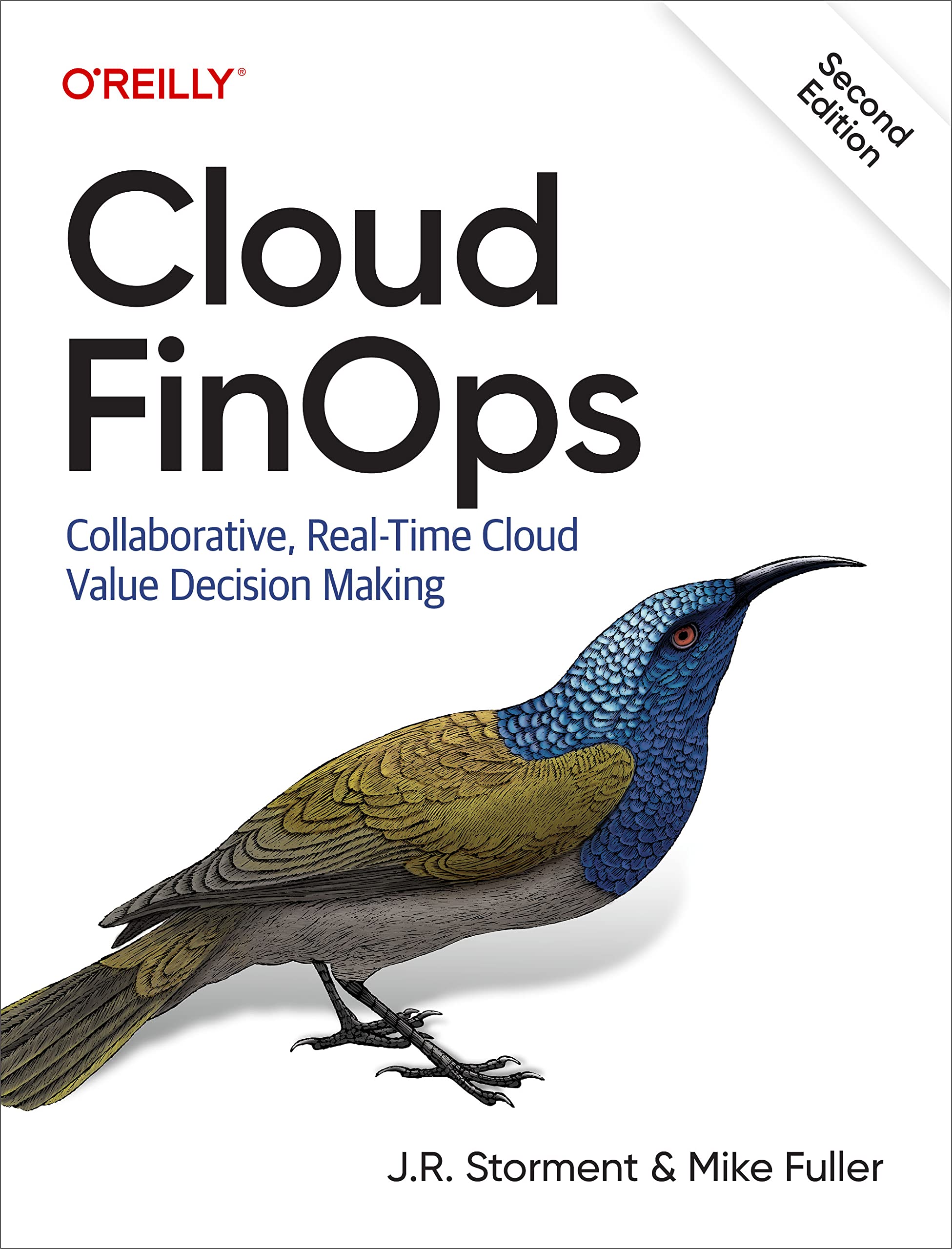What is Cloud FinOps?
Cloud FinOps aims to help organizations achieve better financial control over their cloud usage and optimize cloud costs.

Cloud FinOps, short for Cloud Financial Operations, is a set of practices that helps organizations optimize their cloud spending and align it with business objectives. Cloud FinOps combines financial management, cloud engineering, and modern software development practices to provide a framework for managing cloud costs.
Having worked in cloud for some years now, Cloud FinOps has become very prominent not only in my day-to-day but the whole industry.
Cloud FinOps involves several key activities, including:
- Cost visibility: Gaining visibility into cloud costs is essential to effective cost management. Cloud FinOps teams use cost management tools to analyze and monitor cloud costs in real-time, allowing them to track spending and identify opportunities for optimization.
- Cost allocation: Cloud FinOps teams allocate cloud costs to specific departments, teams, or projects to ensure that each group is accountable for its cloud spending.
- Cost optimization: Cloud FinOps teams work to identify areas where costs can be optimized, such as through rightsizing underutilized resources, using reserved instances, or choosing the most cost-effective cloud service.
- Cost control: Cloud FinOps teams set and enforce budgets and cost controls to prevent overspending and help keep cloud costs within budget.
- Collaboration: Cloud FinOps requires cross-functional collaboration between finance, engineering, and business teams to ensure that cloud spending is aligned with business objectives and budgets.
The 6 principles of Cloud FinOps
The six principles of FinOps, as defined by the FinOps Foundation, are as follows:
- Accountability: Every team should have visibility into the costs they are responsible for, and there should be clear ownership and accountability for those costs.
- Efficiency: Teams should continuously optimize cloud usage and costs by making data-driven decisions, automating where possible, and using the most cost-effective resources.
- Transparency: Cloud costs should be transparent and accessible to all stakeholders, with a clear understanding of how costs are allocated and managed.
- Optimization: Teams should regularly analyze and optimize cloud usage and costs, seeking to eliminate waste, reduce costs, and improve efficiency.
- Culture: A culture of cost management and optimization should be fostered across the organization, with a focus on continuous improvement and collaboration.
- Governance: Policies and processes should be established to ensure compliance with regulations, industry standards, and organizational policies.
By following these principles, organizations can establish a framework for managing cloud costs, promoting cross-functional collaboration and accountability, and achieving better financial control over cloud usage.
For more information check out the FinOps Foundation website:

One of my book recommendations
Absolutely recommend this book:
"Cloud FinOps: Collaborative, Real-Time Cloud Financial Management" by J.R. Storment and Mike Fuller is a comprehensive guide to cloud financial management, aimed at helping organizations optimize their cloud spending.
The book covers various aspects of Cloud FinOps, including cost visibility, cost allocation, cost optimization, cost control, and collaboration. It provides insights into how to use cloud cost management tools and analytics to monitor, analyze, and optimize cloud costs in real-time. The book also offers guidance on how to align cloud spending with business objectives, budget effectively, and create a culture of accountability for cloud spending.
The authors stress the importance of cross-functional collaboration between finance, engineering, and business teams in implementing Cloud FinOps practices. The book provides practical advice on how to build and operate Cloud FinOps teams, set budgets, allocate costs, and enforce cost controls. It also provides examples of how different organizations have implemented Cloud FinOps practices and achieved success in managing their cloud costs.
Overall, the "Cloud FinOps" book offers a comprehensive guide to implementing Cloud FinOps practices, providing practical advice on how to optimize cloud spending and achieve better financial control over cloud usage.

Overall, Cloud FinOps aims to help organizations achieve better financial control over their cloud usage and optimize cloud costs. By implementing Cloud FinOps practices, organizations can improve cost management, better align cloud spending with business objectives, and achieve greater return on investment (ROI) from their cloud investments.
